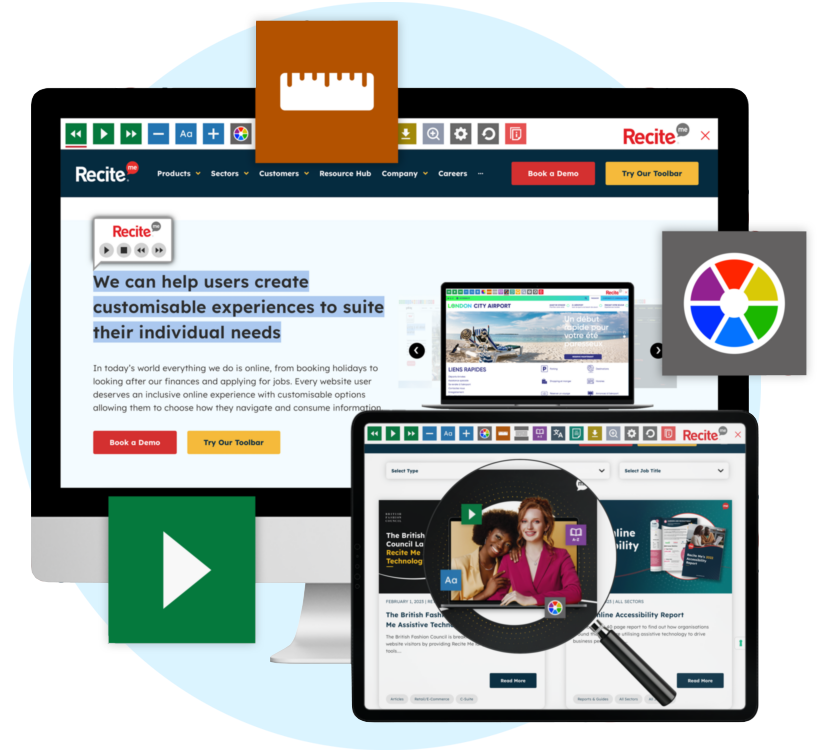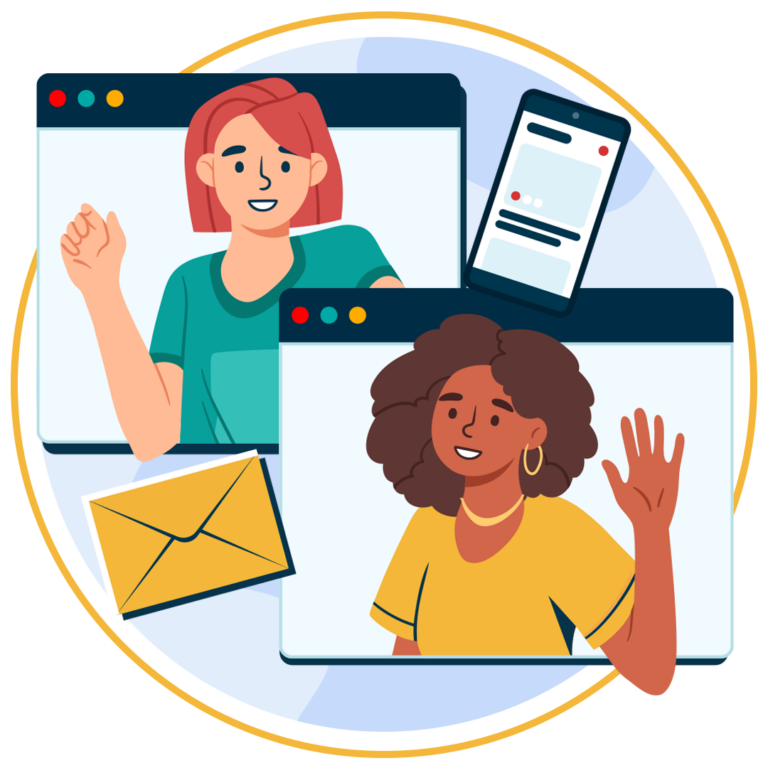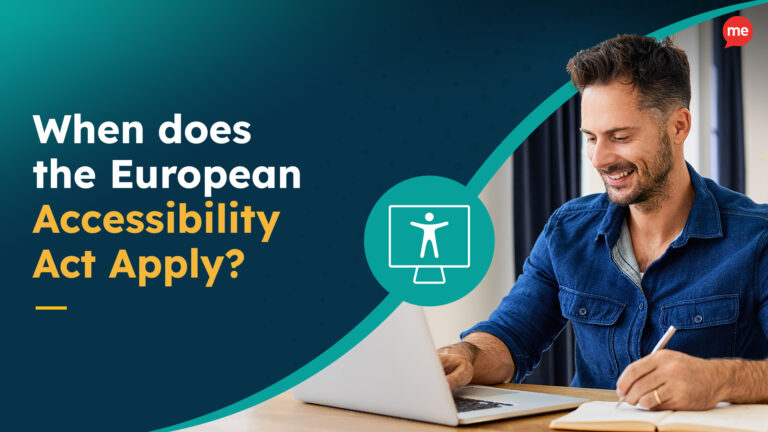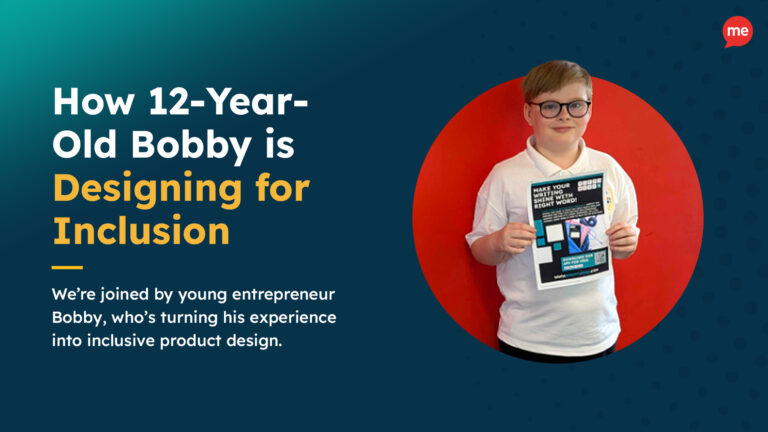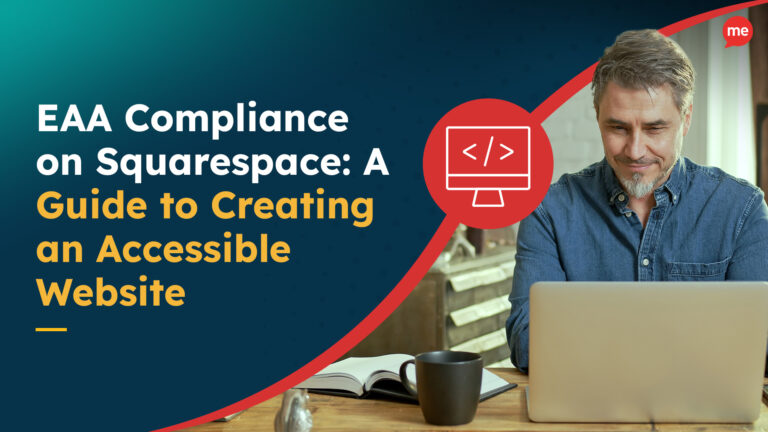Get Your Free Accessibility & Inclusion Toolkit
Download NowAround 20% of the population in the United Kingdom experience communication difficulties at some point in their life. It’s also estimated that more than 10% of children have long-term communication difficulties. This shows the importance and necessity of tools that can assist in helping individuals to communicate more effectively. This article will look specifically at how Assistive Technology can play a crucial role in enhancing communication for its users.
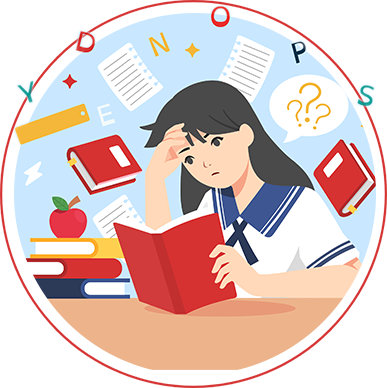
What is Assistive Technology?
Assistive technology (AT) refers to specialised devices, tools, software, or equipment designed to enhance the functional abilities of individuals with disabilities, enabling them to perform tasks that might otherwise be challenging or inaccessible.
It is important to note that Assistive Technology tools benefit a wide variety of an individual’s everyday lives, of which communication is just one. AT aims to promote independence, facilitate communication, improve mobility, and support overall well-being by addressing the unique needs and limitations associated with various types of disabilities.
Who can benefit from Assistive Communication Tools?
Assistive communication tools can benefit a wide range of individuals who experience difficulties with speech, language, or communication due to various reasons. Here are some groups of people who can benefit from these tools:
- People with Speech Disorders: Those who have conditions such as apraxia, dysarthria, or stuttering may use assistive communication tools to enhance their ability to express themselves verbally.
- People with Cognitive Disabilities: Individuals with conditions like autism spectrum disorder, dyslexia or ADHD can benefit from assistive communication tools to improve their communication skills and interact more effectively with others. It can also benefit users with intellectual disabilities, or traumatic brain injuries.
- People with Low Hearing: While not primarily designed for this purpose, some assistive communication tools may also benefit individuals who are deaf or hard of hearing. As they can provide an alternative means of communication or facilitating interactions in certain settings.
- People with Progressive Diseases: Individuals with conditions such as amyotrophic lateral sclerosis (ALS) or multiple sclerosis (MS) that may affect speech or motor functions over time, may use assistive tools to maintain their ability to communicate as their condition progresses.
- Stroke Survivors: People who have experienced a stroke, may have difficulties with speech or language as a result. So, these individuals can also benefit from assistive communication tools to support their recovery and communication efforts.
Where are Assistive Devices best used?
Assistive Technology tools that benefit communication can be used in numerous settings. Most people will actually find that they become a part of their everyday life, due to their efficiency in aiding with communication. However, there are definitely a few key areas where assistive communication aids can really excel.
In the educational setting assistive technology tools have had a huge impact. Changing the way students interact with both their teachers and peers. This helps to level the playing field and improve the learning experience for students across the board. As they are able to vocalise their thoughts and feelings in a way that works best for them. You can learn more about assistive technology in the classroom and AT in special education here.
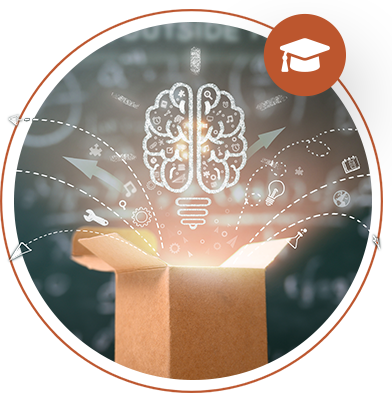
Additionally, the healthcare setting is another example of an environment in which assistive technology thrives. They can be crucial to supporting individuals with progressive diseases or stroke survivors, as we touched on in the previous section. This can improve their quality of life, enable clear communication between patients and healthcare providers and also support their recovery journey.
Types of Assistive Technology that benefit Communication
Assistive technology offers a range of tools specifically designed to support communication for individuals with various needs and challenges. Here are some types of assistive technology that can aid in reducing access barriers and benefit communication.
AAC Devices
AAC devices stands for Augmentative and Alternative Communication Devices. These are high-tech assistive technologies that can be used by non-verbal individuals to communicate. An example of an AAC device would be speech-generating devices, these work by producing synthesized speech based on a user’s input. This allows the user to communicate with individuals via a verbal medium even if they are non-verbal or experience speech impairments.
Furthermore, the use of communication boards or symbols can be used to present meaning. For example, a non-verbal individual could point to an image or symbol they have loaded onto a digital screen. The image would typically convey some kind of meaning, if they wanted to do a specific activity then the image would reflect that.
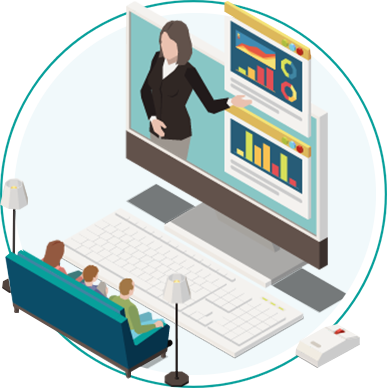
Text-to-speech & Speech-to-text Software
Both Text-to-speech and Speech-to-text software can be vital in creating effective communication for those who struggle communicating. Text-to-speech can be used by those who have difficulties verablising their thoughts. As they can simply convert written text to spoken words with the software.
Additionally, Speech-to-text can be used in a similar way. It is usually beneficial for those with mobility and/or visual impairments, when communicating with people who are deaf or hard of hearing. One of the most used methods of communicating with deaf people is to write down what you want to discuss. This is very difficult for people who experience visual or mobility impairments. So, having the ability to convert their speech to written text and then present this to the hard of hearing individual is critical.
Eye-Tracking Devices
This is a very advanced form of assistive technology, which can provide huge benefits to a very specific type of individual. Eye-tracking Devices are used to navigate computers, allowing the user to use their eyes to control a cursor and select on-screen elements. This helps enable access to people who have severe motor disabilities that prevent them from using a computer mouse.
Unfortunately, this is not a solution that can be easily provided by online businesses and websites. However, one step organisations can take, is to ensure they have good keyboard accessibility. This allows users with similar motor disabilities to use only the keyboard for website navigation.
Smartphones
Your mobile phone is one of the most powerful assistive devices. It is also one of the best communication tools we have available, regardless of if you have a specific disability or not. Helping to bring the world closer together than ever before. Many of the best smartphones have a wide variety of assistive technologies built into them such as screen readers, voice recognition and customisable interface. Furthermore, the integration of word prediction software can help address challenges faced by individuals with cognitive disabilities and motor challenges. Allowing them to communicate via text messages in an easier, faster and more efficient way.
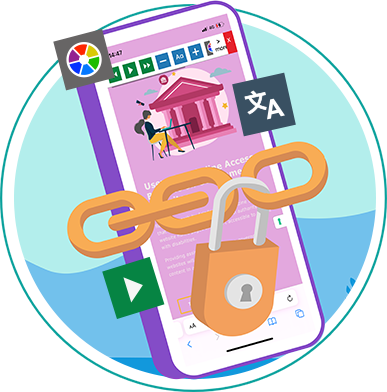
This is why mobile accessibility is so important when it comes to creating an inclusive environment online. Designing websites, apps and other online resources in a way that is mobile-friendly should be a main priority for businesses.
Our 40-page Digital Accessibility & Inclusion Toolkit helps businesses break down online barriers and make a real impact. It offers practical advice on all aspects of digital accessibility, from writing an accessibility statement to accessible website tips and inclusive hiring.

How can Recite Me help?
At Recite Me we offer a range of accessibility solutions and assistive technologies. Our most popular solution is our assistive toolbar, which provides a range of different functions and benefits to your users.
Assistive Toolbar
The Recite Me assistive toolbar offers a range of assistive features that helps to create a more accessible website for your visitors. The tool offers a range of benefits for people with disabilities such as low vision, cognitive impairments, mobility issues, learning difficulties and more. Offering a way for these individuals to customise your website in a way that works for them. Some of the main functions and features of the toolbar include:
- Customisable font (size, style, spacing, etc).
- Alter background and text colour contrasts.
- Screen Mask and Ruler tools for reading.
- Text-to-speech in over 65 languages.
- Translations to over 100 languages.
